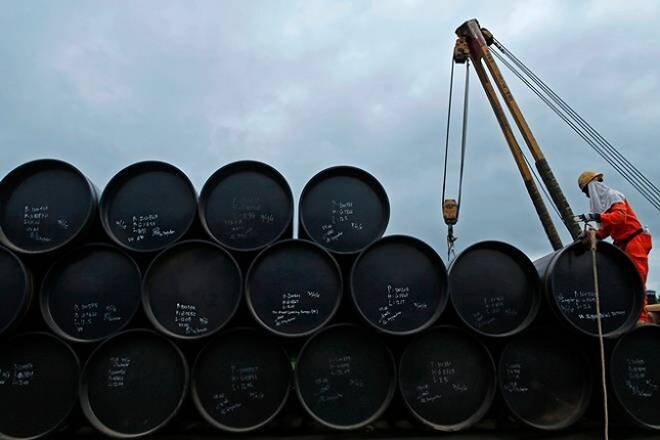Advertisement
Advertisement
Oil Prices Continue Fall After Build in US Crude Stock Piles
By:
Oil prices have declined in light of figures released by the American Petroleum Institute (API), which surprised many by revealing that crude stocks have
Oil prices have declined in light of figures released by the American Petroleum Institute (API), which surprised many by revealing that crude stocks have risen in the United States, creating more fears about oversupply in the market.
API data found that the amount of crude on inventories has risen by 4.5 million barrels, in the week ending on August 19, when a reduction of the amount of barrels was widely expected.
WTI crude oil prices, which spiked over the $50 per barrel mark early this week after reports suggested that Iran may support OPEC action on prices, have dropped to a nadir this morning GMT of $47.19, with the ten day run where prices increased for crude coming to an end on August 19, regardless of the short lived price rise on Sunday.
While Brent Crude Futures have also began the day GMT by falling from $49.6 per barrel, down to $49.1 per barrel, and currently trading at 49.48. Although still way ahead of the $42 per barrel prices that the market dictated at the beginning of August.
Analysts at Deutche Bank said that yesterday WTI rebounded by1.46%, although at one stage did rally nearly 4% off the intraday lows, following the reports of Iranian intervention with OPEC.
As they say they have highlighted before, there was no shortage of headlines in the build up to the last OPEC meeting, so this comes as little surprise and as Deutche Bank have noted, its is their expectation that a coordinated output freeze will have little meaningful fundamental impact anyway.
Goldman Sachs are also in agreement that an OPEC freeze would be insufficient in boosting oil prices in the long term, in the same way that a weakening dollar has only provided respite from low prices.
The investment bank believe that only a thawing in relationships between parties in conflict in areas of disrupted production would be more relevant to the oil rebalancing, in contrast to an OPEC freeze, which would leave production at record highs and could prove counter productive, if it supported prices further and increased the returns in activity elsewhere.
Three remaining large sources of oil supply disruptions in recent months have all shown signs of increasing output since last Wednesday, Goldman Sachs opined.
In Iraq, flows from the Baghdad controlled northern fields resumed on Kurdistan’s pipeline to Ceyhan, while in Libya, a vessel started to load crude from the Zueitina port, one of the three ports slated to reopen following an agreement between the UN-backed Government of National Accord in Tripoli, and the Petroleum Facilities Guard, one of Libya’s armed brigades.
And on Sunday after much deliberation, the Niger Delta Avengers announced that they had agreed to a ceasefire.
Oil price recovery the bank says is tenuous, even if the flows of oil fail to materialise in each of those countries, until forecasts of production are raised in Libya, Iraq or Nigeria, Goldman Sachs maintain that oil prices will range between $45-50 per barrel through until next summer.
Uncertainty on the forward supply-demand balances remains significant even as uncertainty on the industry’s cost structure is diminishing, subsequently oil prices need to reflect near-term fundamentals., the bank said.
About the Author
Peter Tabernerauthor
Did you find this article useful?
Latest news and analysis
Advertisement
